Financial News
The Toro Company (NYSE:TTC) Reports Sales Below Analyst Estimates In Q2 Earnings

Outdoor equipment company Toro (NYSE: TTC) missed Wall Street’s revenue expectations in Q2 CY2025, with sales falling 2.2% year on year to $1.13 billion. Its non-GAAP profit of $1.24 per share was 2.1% above analysts’ consensus estimates.
Is now the time to buy The Toro Company? Find out by accessing our full research report, it’s free.
The Toro Company (TTC) Q2 CY2025 Highlights:
- Revenue: $1.13 billion vs analyst estimates of $1.16 billion (2.2% year-on-year decline, 2.2% miss)
- Adjusted EPS: $1.24 vs analyst estimates of $1.22 (2.1% beat)
- Adjusted EBITDA: $94.9 million vs analyst estimates of $193.8 million (8.4% margin, 51% miss)
- Management lowered its full-year Adjusted EPS guidance to $4.15 at the midpoint, a 1.8% decrease
- Operating Margin: 5.7%, down from 12.8% in the same quarter last year
- Free Cash Flow Margin: 18.3%, up from 14.7% in the same quarter last year
- Market Capitalization: $7.95 billion
“We delivered third-quarter adjusted earnings that exceeded our expectations, with our Professional segment achieving 6 percent growth and 250 basis points of margin expansion,” said Richard M. Olson, chairman and chief executive officer.
Company Overview
Ceasing all production to support the war effort during World War II, Toro (NYSE: TTC) offers outdoor equipment for residential, commercial, and agricultural use.
Revenue Growth
Examining a company’s long-term performance can provide clues about its quality. Any business can put up a good quarter or two, but many enduring ones grow for years. Regrettably, The Toro Company’s sales grew at a mediocre 6.7% compounded annual growth rate over the last five years. This fell short of our benchmark for the industrials sector and is a rough starting point for our analysis.
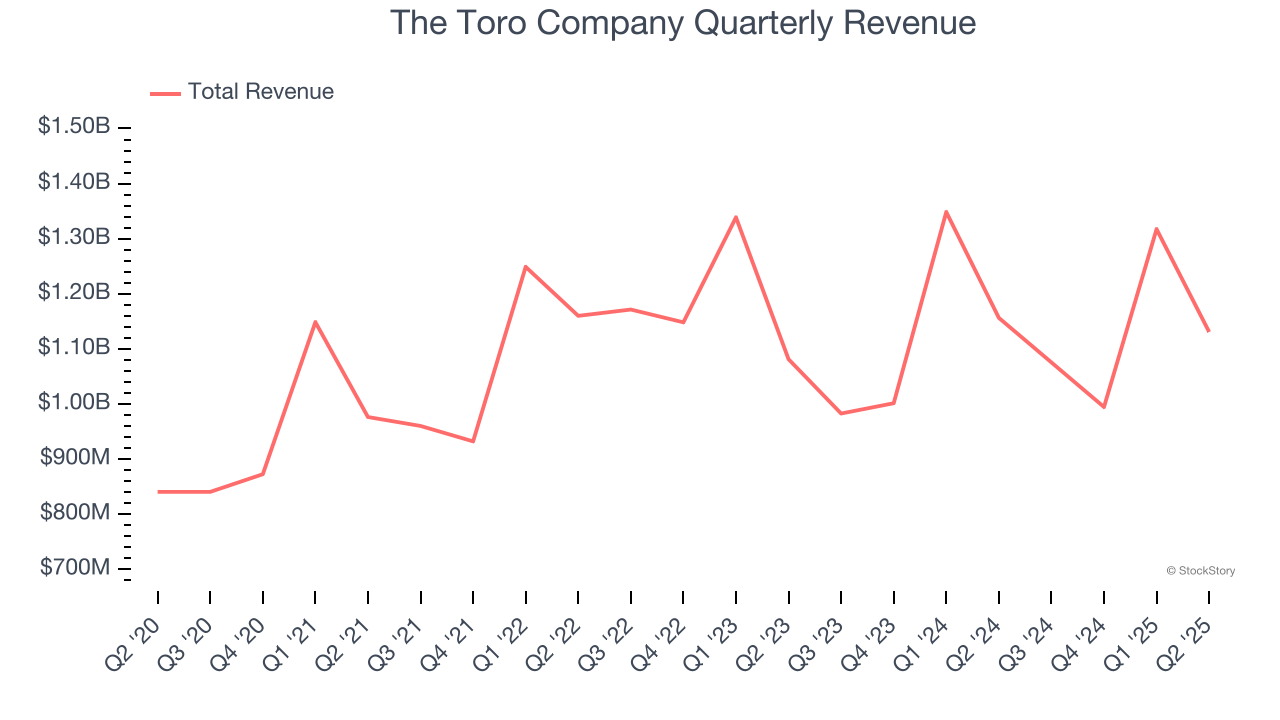
Long-term growth is the most important, but within industrials, a half-decade historical view may miss new industry trends or demand cycles. The Toro Company’s performance shows it grew in the past but relinquished its gains over the last two years, as its revenue fell by 2.4% annually. The Toro Company isn’t alone in its struggles as the Agricultural Machinery industry experienced a cyclical downturn, with many similar businesses observing lower sales at this time. 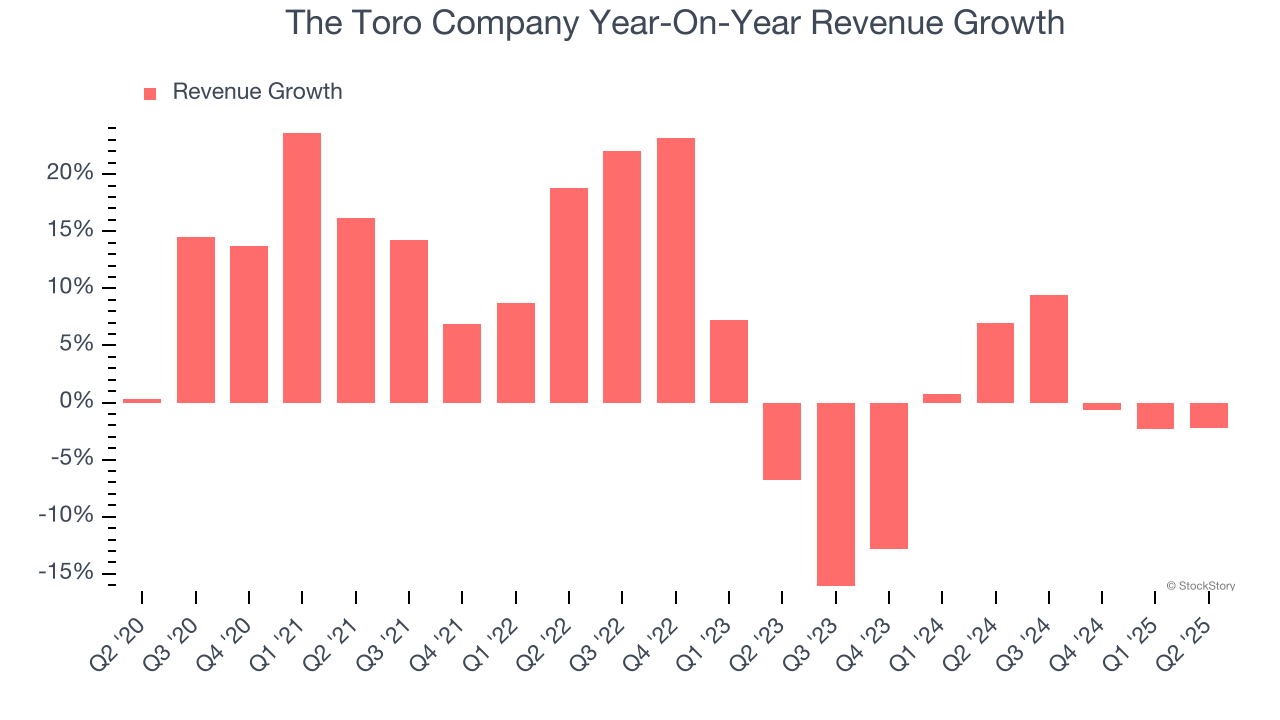
The Toro Company also breaks out the revenue for its most important segments, Professional
and Residential
, which are 82.3% and 17% of revenue. Over the last two years, The Toro Company’s Professional
revenue (sales to contractors) averaged 1.9% year-on-year declines while its Residential
revenue (sales to homeowners) was flat. 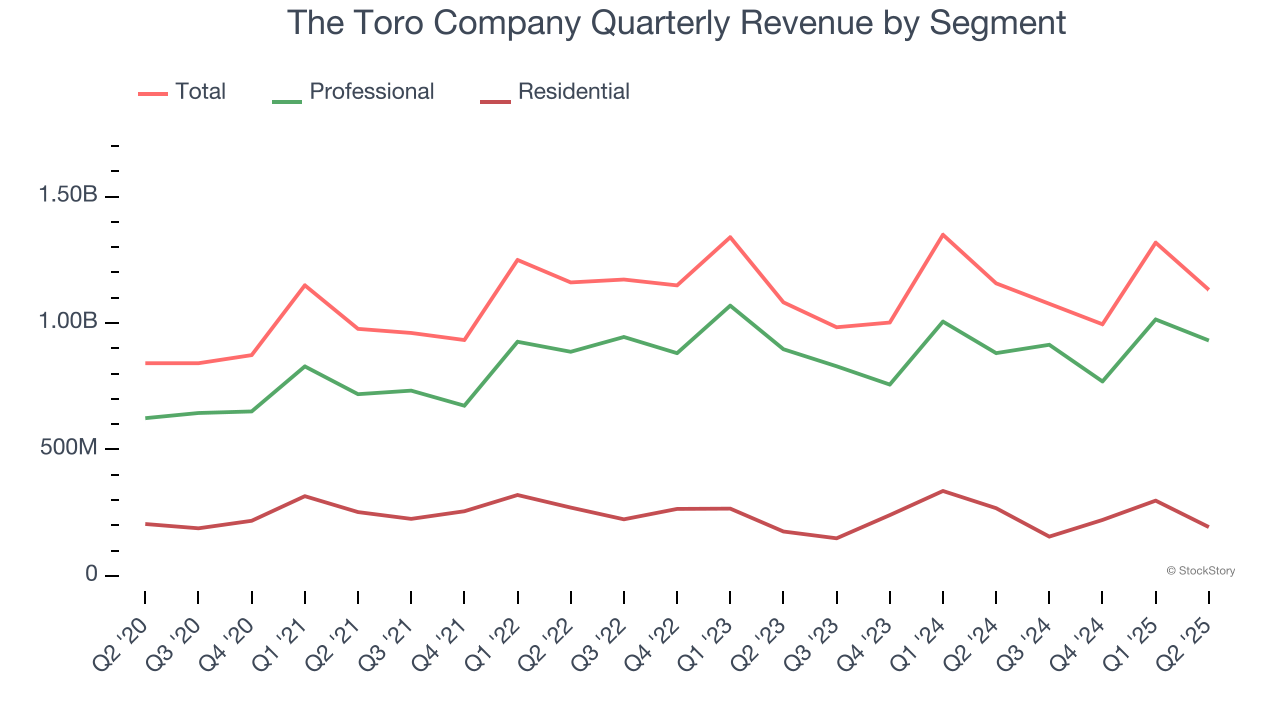
This quarter, The Toro Company missed Wall Street’s estimates and reported a rather uninspiring 2.2% year-on-year revenue decline, generating $1.13 billion of revenue.
Looking ahead, sell-side analysts expect revenue to grow 1.3% over the next 12 months. Although this projection suggests its newer products and services will catalyze better top-line performance, it is still below the sector average.
Today’s young investors won’t have read the timeless lessons in Gorilla Game: Picking Winners In High Technology because it was written more than 20 years ago when Microsoft and Apple were first establishing their supremacy. But if we apply the same principles, then enterprise software stocks leveraging their own generative AI capabilities may well be the Gorillas of the future. So, in that spirit, we are excited to present our Special Free Report on a profitable, fast-growing enterprise software stock that is already riding the automation wave and looking to catch the generative AI next.
Operating Margin
Operating margin is an important measure of profitability as it shows the portion of revenue left after accounting for all core expenses – everything from the cost of goods sold to advertising and wages. It’s also useful for comparing profitability across companies with different levels of debt and tax rates because it excludes interest and taxes.
The Toro Company has managed its cost base well over the last five years. It demonstrated solid profitability for an industrials business, producing an average operating margin of 11.3%. This result isn’t too surprising as its gross margin gives it a favorable starting point.
Analyzing the trend in its profitability, The Toro Company’s operating margin decreased by 4.6 percentage points over the last five years. This raises questions about the company’s expense base because its revenue growth should have given it leverage on its fixed costs, resulting in better economies of scale and profitability.
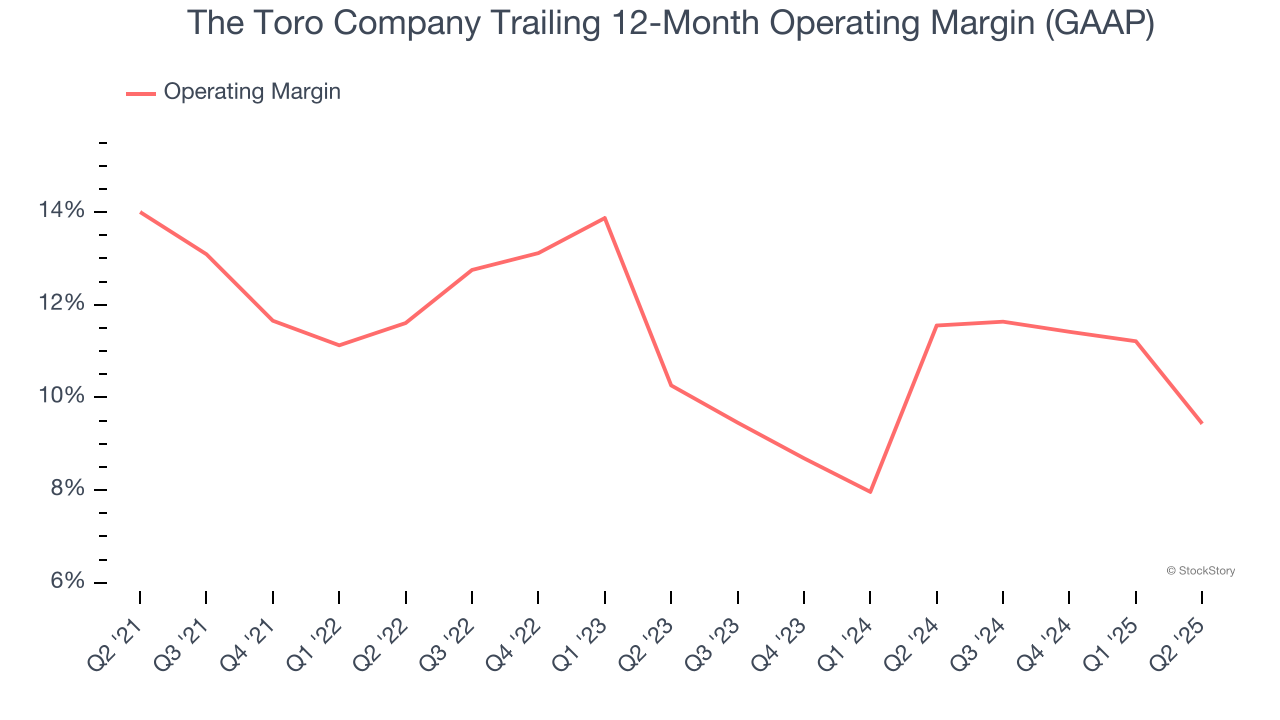
This quarter, The Toro Company generated an operating margin profit margin of 5.7%, down 7.1 percentage points year on year. Since The Toro Company’s operating margin decreased more than its gross margin, we can assume it was less efficient because expenses such as marketing, R&D, and administrative overhead increased.
Earnings Per Share
We track the long-term change in earnings per share (EPS) for the same reason as long-term revenue growth. Compared to revenue, however, EPS highlights whether a company’s growth is profitable.
The Toro Company’s decent 8.3% annual EPS growth over the last five years aligns with its revenue performance. This tells us it maintained its per-share profitability as it expanded.
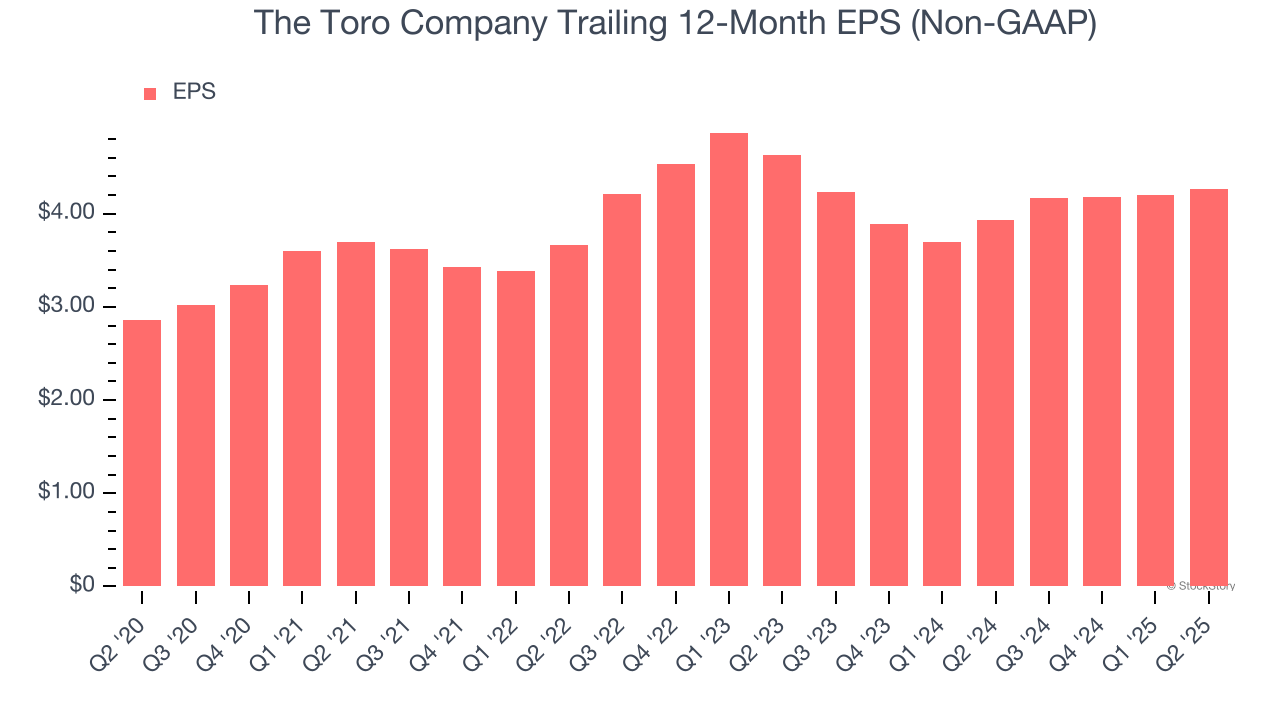
Like with revenue, we analyze EPS over a more recent period because it can provide insight into an emerging theme or development for the business.
For The Toro Company, its two-year annual EPS declines of 4.1% mark a reversal from its five-year trend. We hope The Toro Company can return to earnings growth in the future.
In Q2, The Toro Company reported adjusted EPS of $1.24, up from $1.18 in the same quarter last year. This print beat analysts’ estimates by 2.1%. Over the next 12 months, Wall Street expects The Toro Company’s full-year EPS of $4.26 to grow 6.2%.
Key Takeaways from The Toro Company’s Q2 Results
We struggled to find many positives in these results. Its and its revenue fell short of Wall Street’s estimates. Overall, this was a softer quarter. The stock traded down 5% to $76.62 immediately following the results.
The Toro Company’s earnings report left more to be desired. Let’s look forward to see if this quarter has created an opportunity to buy the stock. If you’re making that decision, you should consider the bigger picture of valuation, business qualities, as well as the latest earnings. We cover that in our actionable full research report which you can read here, it’s free.
More News
View More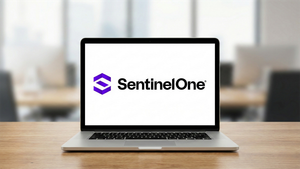




Recent Quotes
View MoreQuotes delayed at least 20 minutes.
By accessing this page, you agree to the Privacy Policy and Terms Of Service.



